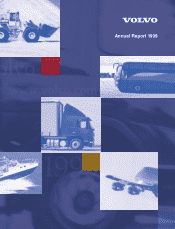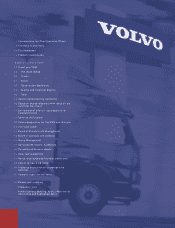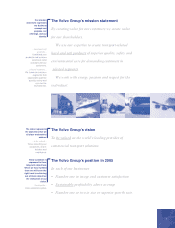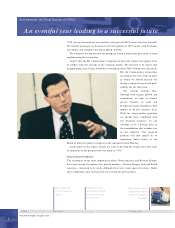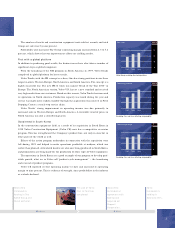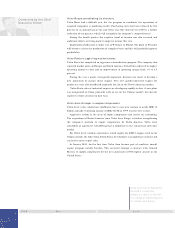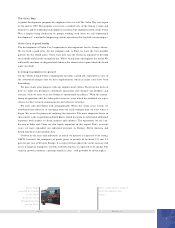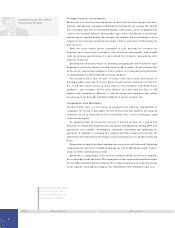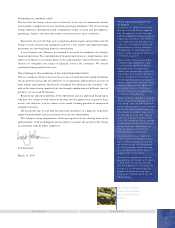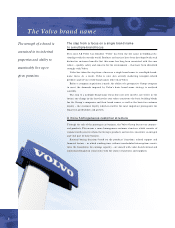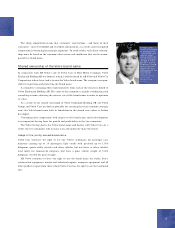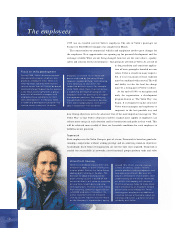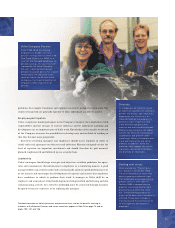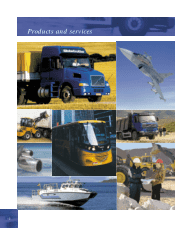Volvo 1999 Annual Report Download - page 8
Download and view the complete annual report
Please find page 8 of the 1999 Volvo annual report below. You can navigate through the pages in the report by either clicking on the pages listed below, or by using the keyword search tool below to find specific information within the annual report.
6
Com m ents by the Chief
Executive Officer
Driving forces for consolidation
Meanwhile, it is clear that the industry has to deal with the major changes that dere-
gulation, globalization and rapid technological development are causing. We already
have customers that operate throughout Europe, and in some cases even globally. The
trend in the transport industry, among other signs, shows that Europe is increasingly
functioning as a unified market. For example, the number of buses in Europe’s seven
largest bus fleets has increased from just under 7,000 to more than 70,000 during the
past ten years.
With this trend toward greater economies of scale, demands by customers for
increased cost-effectiveness of products and services are unavoidable. And parallel
with the growing specialization it is also natural for customers’ demands for total
solutions to increase.
Environmental demands, which are spreading geographically and to different types
of products, constitute another cost-driving factor. For example, the latter means that
in the future construction equipment will be subject to environmental requirements
as comprehensive as those imposed on trucks and buses.
The overall result is that we have to reduce costs and increase investments to
develop products and related services. This is a task that puts all industry to the test,
but it will also benefit society in many respects. Our customers will obtain better
products – and transports will be more efficient and safer. And, not least, it will
improve our environment. However, it will also mean that companies that cannot
measure up to the demands will find it difficult to survive on their own.
Cooperation with Mitsubishi
In other words, there is every reason to anticipate new, effective combinations of
companies. We intend to participate actively in this trend and, based on our financial
resources, we are in a position to do so successfully, with a view to obtaining a good
return on our capital.
An important part of our growth strategy is focused on Asia. As a step in this
direction, we concluded comprehensive agreements with Mitsubishi during 1999. The
agreements cover product development, industrial cooperation and marketing co-
operation. In addition to resulting in a stronger position in large parts of Asia, the
agreements will also broaden the Group’s range of medium-heavy and light trucks and
buses.
Preparations to jointly develop a medium-heavy truck are well advanced. Marketing
cooperation has also been established through the sale of Mitsubishi’s light “Canter”
truck via Volvo’s distribution network.
Mitsubishi, a strong brand, is one of Asia’s foremost producers of heavy, medium-
heavy and light trucks and buses. The importance of this cooperation should therefore
not be underestimated. Not later than in 2001, Volvo intends to own nearly 20 percent
of the separate truck and bus company that Mitsubishi will be forming in that year.
SEPTEMBER1999 OCTOBER
Volvo decided to participate
in the financing of Henlys'
acquisition of Bluebird, an
Am erican bus company.

